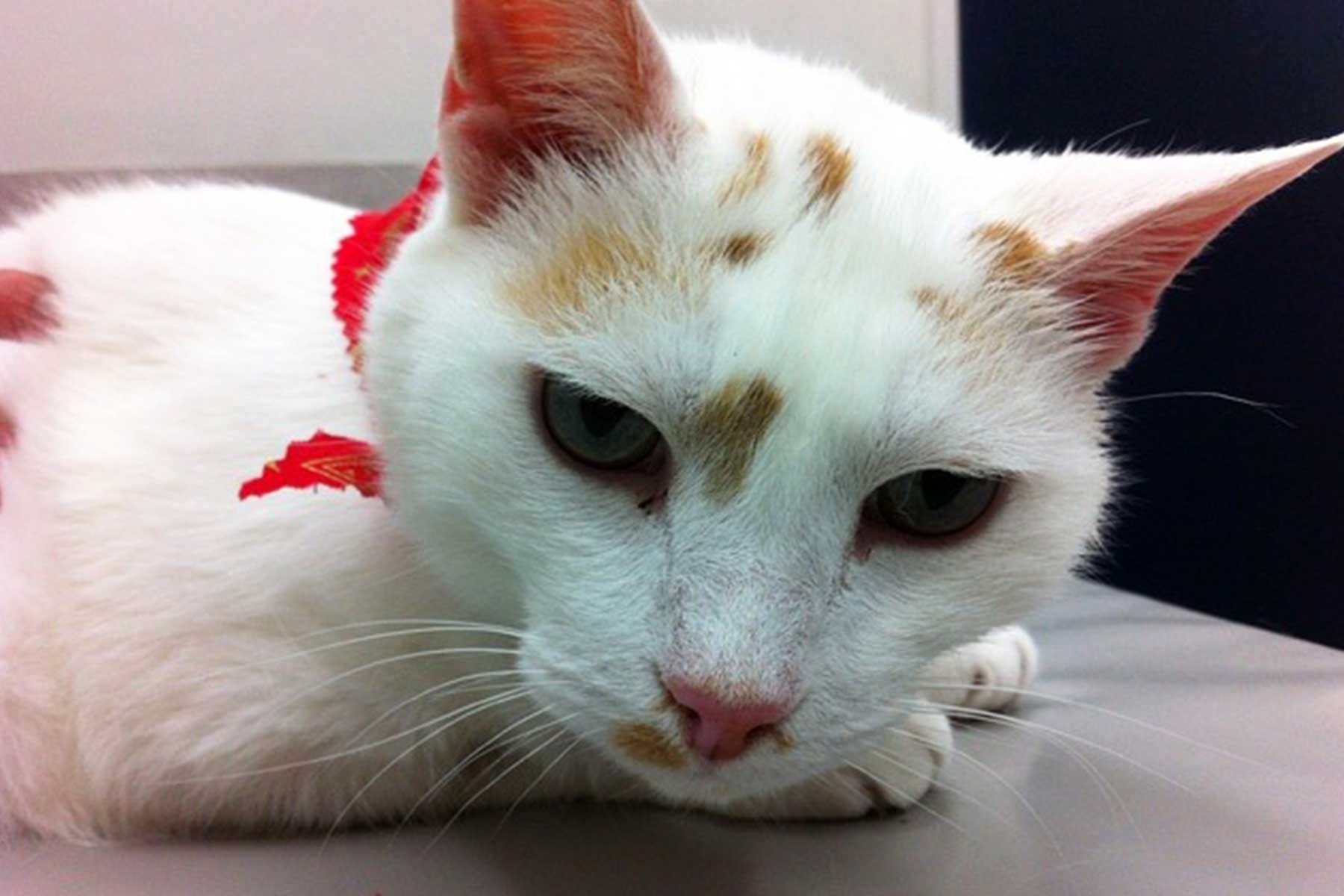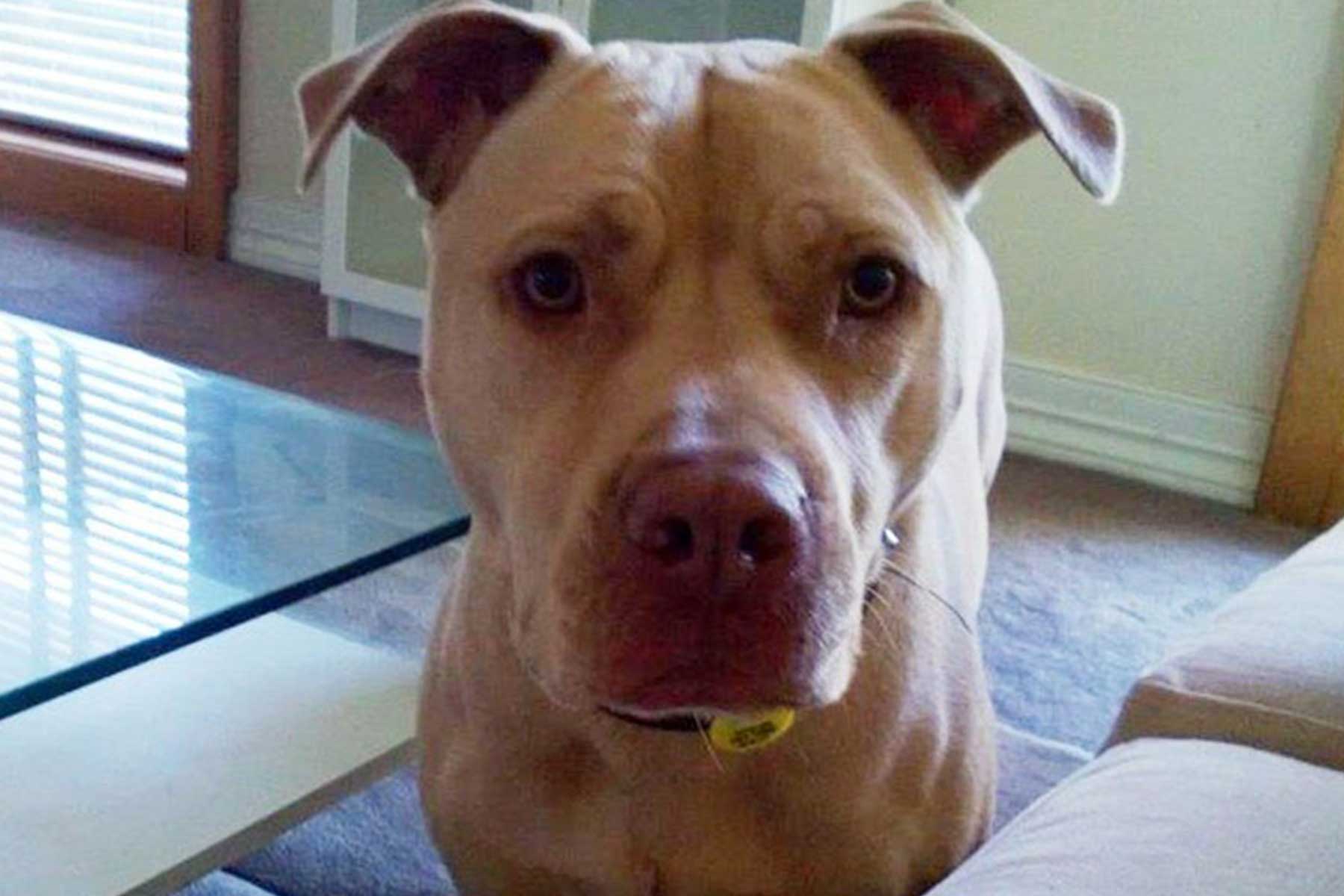Nero is a very handsome black and white cat who went missing for 5 days recently. He came home late one evening looking very unwell. His left eye was half closed and he was swaying and zigzagging as he walked. Nero’s owners were quite concerned and brought him to us that night. Our veterinary team identified that Nero had a nasty ear infection and he was showing signs of Horner’s syndrome.
Horner’s syndrome is where a damaged nerve to the eye causes the eye to sink back in the socket and also causes small pupil. Horner’s syndrome can result from deep ear infections because the nerves in question pass right through the middle ear (where the eardrum is) and this is where we suspected Nero’s infection was coming from.
Nero was dehydrated from not eating and drinking during his time away from home and blood tests indicated that he was otherwise well. Our treatment included rehydrating him and starting him on high levels of antibiotics. The next day we took x-rays of Nero to confirm that he did have a middle ear infection. We drained his infected ear by placing a needle through his ear drum into the middle ear and aspirating the infected material building up. Nero made a good recovery and was sent home on antibiotics and medication to prevent dizziness, which is a common side effect from middle ear infections.
Less than one week later, Nero appeared to have a relapse. His balance was bad again and he had lost his appetite. There was more discharge coming from his ear and now his head was tilted to the left side. Clearly the infection was getting worse. The next step was to perform operation to fully drain his middle ear and start him on stronger antibiotics. A procedure called a bulla osteotomy was done. This is where a small window of bone is removed from the underside of the skull enabling access to the middle ear so that all of the infection can be flushed out. A sample of the infection was sent to the laboratory for identification of the bacteria involved.
Nero made a good recovery and felt much better because we had relieved the pressure from inside his middle ear. He was able to go home two days later and continued to do well. He had a small residual head tilt but was able to walk well and resumed his jumping habits. A long course of antibiotics seemed to cure the infection.
However, Nero had a small relapse of his infection about one week after his antibiotics finished and fortunately further x-rays showed there was no more buildup in his middle ear. We commenced a different antibiotic with good success and after four weeks on this medication Nero’s infection appears to be fully resolved and he is back to his old self.
Infections in the middle ear are not very common and usually arise from bacteria gaining access via the Eustachian tube which connects the middle ear to the back of the throat. Once lodged there these infections may be difficult to treat as the middle ear is encased in bone. If antibiotics alone are ineffective, then surgical draining is the only option.











